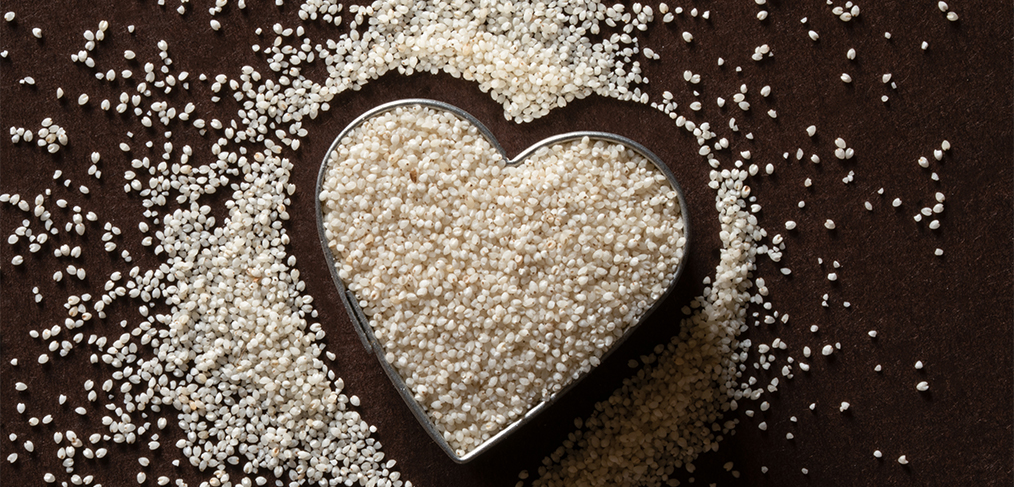The United Nations declared 2023 as the “International Year of Millets,” bringing attention to climate-resilient grains like fonio, an ancient millet now gaining recognition worldwide. Native to West Africa, fonio is celebrated for its adaptability to climate change and its role in sustaining rural communities in hunger-prone and conflict-affected regions.
Chef Fatmata Binta: A Champion of Fonio
Fonio has a passionate advocate in chef Fatmata Binta, a Fulani tribe member and the first African recipient of the Basque Culinary World Prize. Originally from Sierra Leone, Binta fled to Guinea during the civil war and now resides in Ghana. For her, fonio is more than a crop—it’s a lifeline. Easily cultivated and resilient to climate shocks, fonio has been a staple food for millions, especially in arid and semi-arid regions.
Fonio’s Global Journey
Fonio’s reach is expanding beyond Africa, gaining attention in Europe and North America. American researcher Don Osborn recalls encountering fonio in West Africa decades ago when the idea of it becoming an internationally traded grain seemed unlikely. Today, he keeps fonio in his kitchen in Michigan.
Although its popularity is growing, fonio remains relatively unknown to many Americans and is not yet widely available in grocery stores. However, chefs like Pierre Thiam, a Senegalese-born culinary artist based in California, are helping fonio break into global markets. Thiam’s company, Yolélé, distributes African food products across the U.S., including fonio sourced from the drought-prone Sahel region. His Harlem-based restaurant, Teranga, offers innovative fonio dishes, blending West African culinary traditions with modern techniques.
“My goal is to create opportunities for smallholder farmers in West Africa who have cultivated fonio for generations but lack access to markets,” Thiam explains. Fonio’s versatility allows it to replace other grains in recipes, whether as a side dish, salad, porridge, pasta, or bread.
A Women’s Crop
In northern Ghana’s Chereponi district, fonio is primarily cultivated by women, who rely on it for nutrition and household income. For farmer Christabel Kwasi, fonio provides a nutritious food source for her children and thrives without the need for fertilizers. Traditionally boiled, made into porridge, or processed into flour, fonio has become a year-round staple thanks to support from initiatives like the Food and Agriculture Organization (FAO) and Ghana’s Ministry of Food and Agriculture.
Chef Binta has also been instrumental in helping women overcome the labor-intensive process of fonio cultivation, which involves hand-pounding, threshing, winnowing, and drying. She provides processing machines and training, enabling women to scale up production and improve the quality of fonio.
Drawing Parallels with India’s Millets
Fonio’s story resonates with similar millet cultivation challenges in India. Indigenous tribes like the Baiga in Madhya Pradesh cherish small-grained millets such as sikiya, a cousin of fonio, though its cultivation has dwindled over time. Women in Odisha’s Koraput district use millets as barter currency, while millet cultivation in the Niyamgiri hills has been sidelined by more profitable crops like pineapples.
Millets, including fonio, are deeply tied to women’s empowerment, providing them with food security and economic agency. Chef Binta’s efforts to popularize fonio recipes and improve processing techniques highlight how this ancient grain can address modern challenges—from food insecurity to climate change—while preserving cultural heritage.
As fonio steps onto the global stage, it carries with it the stories of resilience, tradition, and innovation from the communities that have nurtured it for centuries.
Reference: Down to Earth

